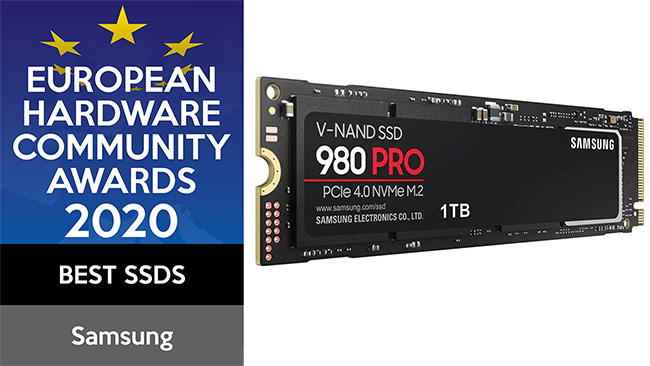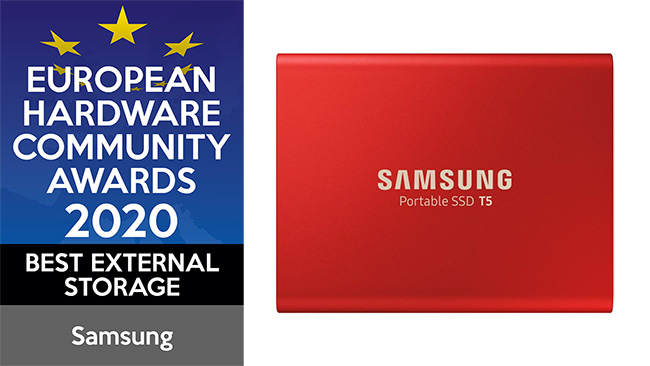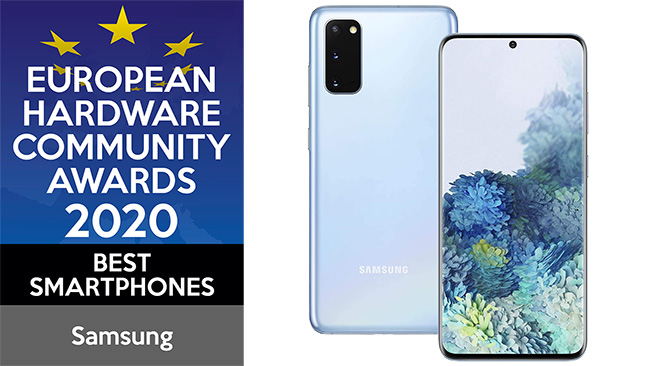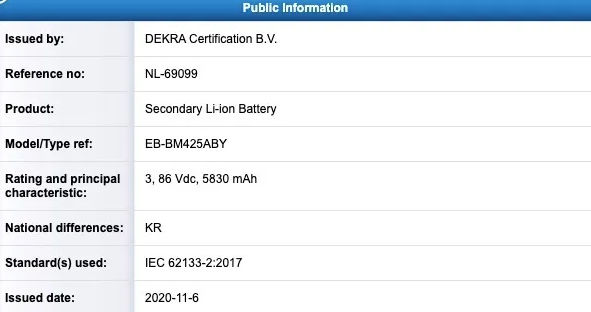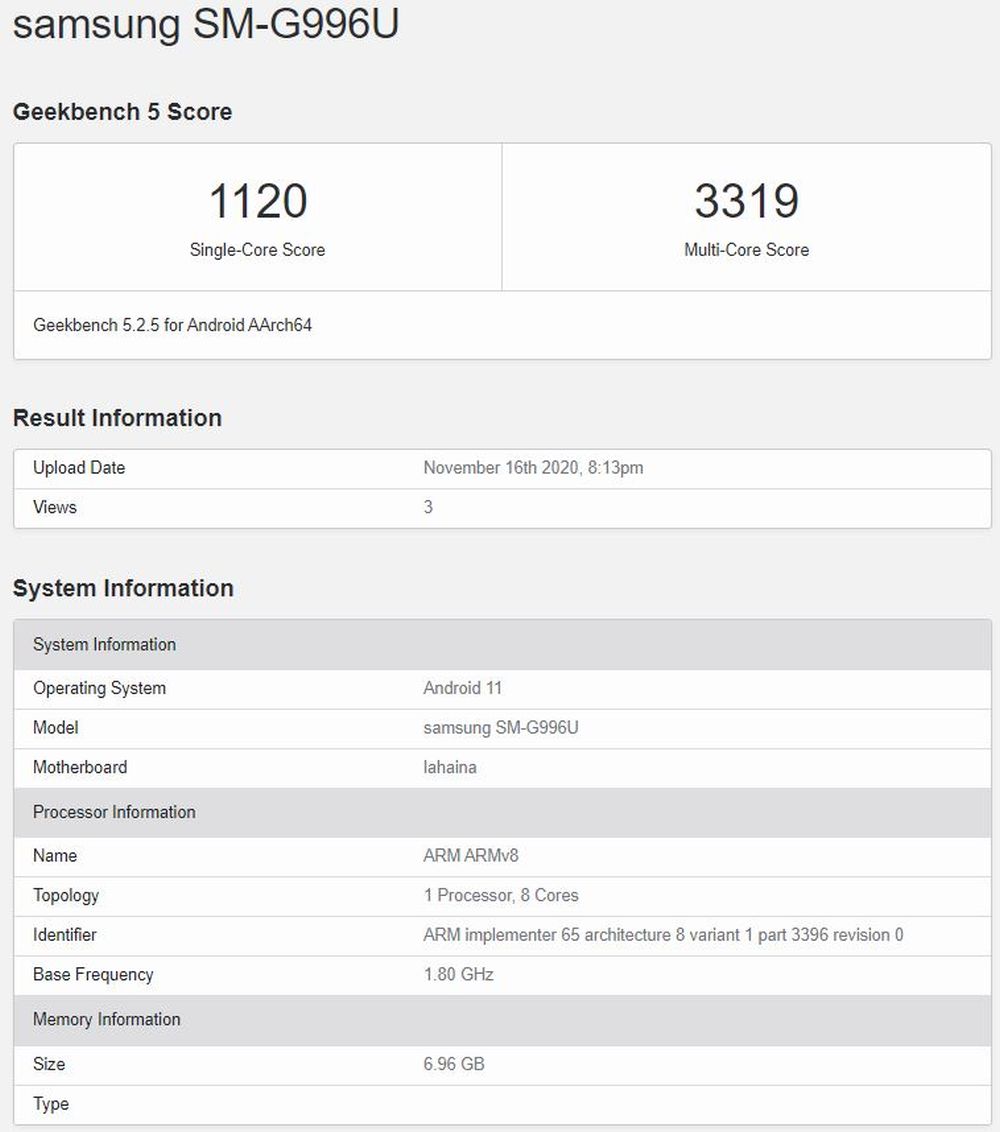There have been rumors for some time now that Samsung may kill the Galaxy Note series. These rumors seemed more plausible as Samsung expanded its flagship offerings. In 2020 alone, the company has launched the Galaxy S20 and Galaxy Note 20 series in addition to the Galaxy Z Fold 2.
If there’s any device that needs an S Pen, it’s the Galaxy Z Fold. The internal foldable display is the perfect canvas for using a stylus. Perhaps the only reason why two iterations of the Fold didn’t have the S Pen is that the internal panels aren’t durable enough to withstand the constant prodding of a stylus.
Samsung is likely working on improving that in order to bring the S Pen to its foldable series. When that inevitably happens, it could be the final nail in the Galaxy Note series’ coffin.
The company launched its first Galaxy Note device back in 2011. It went against the tide completely. As chunky phones with styluses and keyboards were falling out of favor, Samsung released a smartphone with a large display and a stylus. It was big, brash, and according to many, completely unnecessary.
Samsung ended up proving the naysayers wrong. The Galaxy Note series pushed the industry to adopt larger displays. It offered features that made many Samsung fans fiercely loyal to this lineup. To this day there’s no other device that can be considered a direct competitor to a Galaxy Note because Samsung has effectively cornered the stylus phone market.
I remember when I bought the first Galaxy Note phone. I was really pleased with it. The 5.3-inch display (massive by 2011 standards, unacceptable today), was just perfect for watching content, browsing the web and actually getting some work done on the phone.
That’s the niche Samsung carved out for the Galaxy Note series. It was targeted at professionals who wanted to get stuff done on the move. The company expanded the S Pen’s capabilities and provided software features that remain unmatched.
This lineup ended up as truly the best that Samsung had to offer in a year. Any performance or battery life concerns that had cropped up on the Galaxy S flagship released earlier in the year would be mitigated in the Note six months later.
Now it looks like Samsung is on the verge of killing one of its most important products, one that has a diehard fan base. There’s also a considerable amount of history behind the Galaxy Note series as a brand. It has done so much to revolutionize and move the industry forward.
Fans are also quite invested in the success of the Note brand. Their fierce loyalty to the brand has reflected in countless memes giving us all a good laugh at Apple’s expense. It was their fierce loyalty that enabled the Galaxy Note brand to thrive and not just survive after the ill-fated Galaxy Note 7.
I count myself as one of those fans because as someone who has owned every single Galaxy Note device ever made, I genuinely believe in the value proposition of this series. So the possibility of Samsung killing the Galaxy Note series does hurt me. I’m sure there will be many who feel the same way.
There’s already speculation online that Samsung’s 2021 device lineup doesn’t include new Galaxy Note models. Some of us can find solace in the fact that it’s far too soon to be certain about Samsung’s plans for next year. The company has also shown with the Galaxy S20 FE how quickly it can adapt to market conditions and change its plans. So there may be hope yet.
I and countless other fans would just want the people at Samsung reading this to put their efforts into making sure that the Galaxy Note series lives to see another day. Perhaps the Fan Edition route could be more effective for this series as Samsung shakes up its device lineup next year.
One thing is for sure, there may never be another Android device, Samsung or otherwise, that commands the kind of loyalty that the Galaxy Note does. That’s what will make its demise all the more disappointing.
The post The possibility of Samsung killing the Galaxy Note series hurts me appeared first on SamMobile.
from SamMobile https://ift.tt/36EsDv8
via
IFTTT
